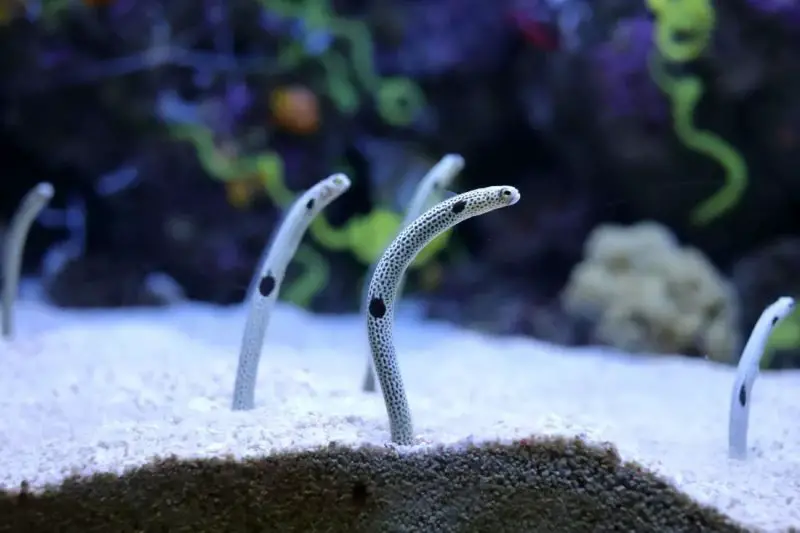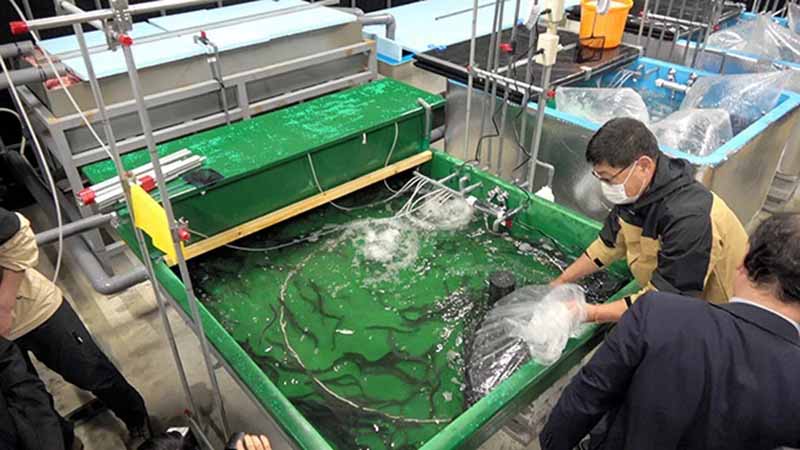In Hokkaido, Japan, a new initiative caught the attention of many people. Word reached us that a data center is using waste heat from its cooling system to raise eels. That’s right, it’s not a joke. They also said they want to use the snow collected from the city for their liquid cooling system.
The White Data Center (WDC) initiative was launched last year, in April, but the construction of the building is still in progress. In the meantime, the company’s efforts have been redirected towards this eel venture, which uses the water recycled and heated by the refrigeration system of their servants to raise these “nice” and “delicious” creatures. The company plans to grow its venture to reach a quota of 300,000 eels per year in 2023.
How did you come up with the idea?
This, which seems funny, crazy and out of a cyberpunk universe, is an initiative that comes from “trial and error”. When the company was figuring out what to do with all the waste heat from its systems, they tried raising abalone, cherry tomatoes, spinach, sea urchins, and a variety of other products. But, they finally decided to go for an eel farm. Why? Well, because it is a luxury dish in Japan. farm-raised eels they are sold at more than 100 dollars per KG wholesale, and at 90 dollars a plate in the restaurants. Not a minor fact: they are disgusting and their consistency is dangerously close to fish-flavored gum.
Beyond people’s questionable culinary tastes, WDC is trying other similar ventures, such as growing mushrooms, which, like eels, have a short growing cycle, making them a fairly accessible and profitable investment.
Eel farming with heat from data center and melted snow Experiment begins in Hokkaido
A Kobe company provided WDC with the 1,700 elvers (juvenile eels) it released into tanks on February 25. It plans to market them as “the first farmed eels in Hokkaido“. Eels typically need warmer climates than Hokkaido, but WDC believes the heat produced by their servers will keep their eel tanks at the 90 degrees F needed for them to thrive.
Another important fact: eels have a really slow growth cycle, which accelerates if the temperature and PH conditions of the water are appropriate. They could take between 2 and 14 years to reach final maturity. But generally when they are in the glass eel stage (after a 2-year larval stage) they are already edible. It will depend on how fast they can grow them.
Other WDC ventures in cities in Japan
In collaboration with the city of Bibai, the WDC has also been farming 6,000 eels since November last year in the heated melt. Bibai is a frequent victim of heavy snowfall and is working with WDC to study the possibility of use snow collected by city snowplows as pre-chilled water for servers and as a source of fresh water for eels.
WDC believes that using melting ice as a source of abundant and affordable fresh water could improve the taste and size of eels. It plans to sell them of 250 grams or more after a cultivation period of seven to twelve months. They will be sold across the country, but could also be supplied to local schools for midday meals. poor babes

It’s less clear how snow could be used to cool servers. Most servers use Rack-Scale in their cooling system to evacuate heat into an air-conditioned room, although some servers channel heat into a larger closed-loop liquid cooling system. Snow is not a natural element for either technique. Environmental cooling technologies exist, such as Microsoft’s submerged data center, but these designs are also not easily adapted to snow cooling.
Still, we find it extremely interesting that WDC is somehow “helping the environment” and making money in the process. But hey, then at least we know that with the waste heat from cooling the servers something positive can be done. I hope this company does well in its interesting (yet gross) venture. Maybe we can use the heat from our gaming PCs for more than just warming our feet in winter.
What do you think of this data center initiative? Would they eat eels raised by White Data Center?
Source: Techspot















